Waste management
Environmental awareness
Waste management
All operations related to the collection, storage, preparation for regaining and disposal of waste.
Delivery of scrap
The collected waste must be moved between the collection point and the treatment sites. The transport must be carried out in such a way that the waste does not pollute the environment. In case of contamination, the polluter who caused it is obliged to clean and disinfect the contaminated area. The means of transport may only be stored at the authorized site. The cleaning of these may only be carried out in a strictly regulated place, from which the used water goes into the sewer network, or after cleaning, into the utility replacement equipment. The transport can only be carried out by vehicles and equipment suitable for the purpose. When transporting waste, the nature of the waste must be taken into account.
Types of waste
Waste can be grouped according to several aspects. In terms of material, they can paper, plastic, wood, metal, glass, and biodegradable waste. Regarding the source of the waste, it can be, for example, generated in residential, industrial or other sectors. Residential waste can be municipal solid waste or municipal liquid waste. In addition to these, we also distinguish hazardous and infectious waste that requires special treatment.
WEEE
E-waste is one of the fastest growing types of waste in the EU, with less than 40% recycled.
Electronic devices and appliances are a part of modern life – from washing machines and vacuum cleaners to smartphones and computers, it’s hard to imagine life without them. But the waste they produce is hampering efforts to reduce the EU’s ecological footprint.
Electronic waste, or e-waste, covers a range of products thrown away after use.
Large household appliances such as washing machines and electric cookers are the most discarded - they account for more than half of all e-waste collected. This is followed by IT equipment (laptops, printers), consumer equipment and solar panels (video cameras, fluorescent tubes) and small household appliances (vacuum cleaners, toasters).
All other categories, such as power tools and medical devices, together account for only 7.2% of the e-waste collected.
Recycling practices vary between Member States: in 2017, Croatia recycled 81.3% of all e-waste and Malta 20.8%.
In 2020, 10.3 kg of WEEE per capita was collected in the EU.
Discarded electronic and electrical equipment contains potentially harmful substances that pollute the environment and increase the risks for people involved in e-waste recycling. To tackle this problem, the EU has adopted legislation to prevent the use of certain chemicals, such as lead.
Furthermore, many rare minerals needed for modern technology come from countries that do not respect human rights.
What we do
Collection
Pretreatment
Utilization
Sale
Transport
Development of unique innovative technologies, automation
Innovative waste processing solutions to recycle waste and regain valuable materials. The company’s professionals pay particular attention to recycling efficiency and sustainability.
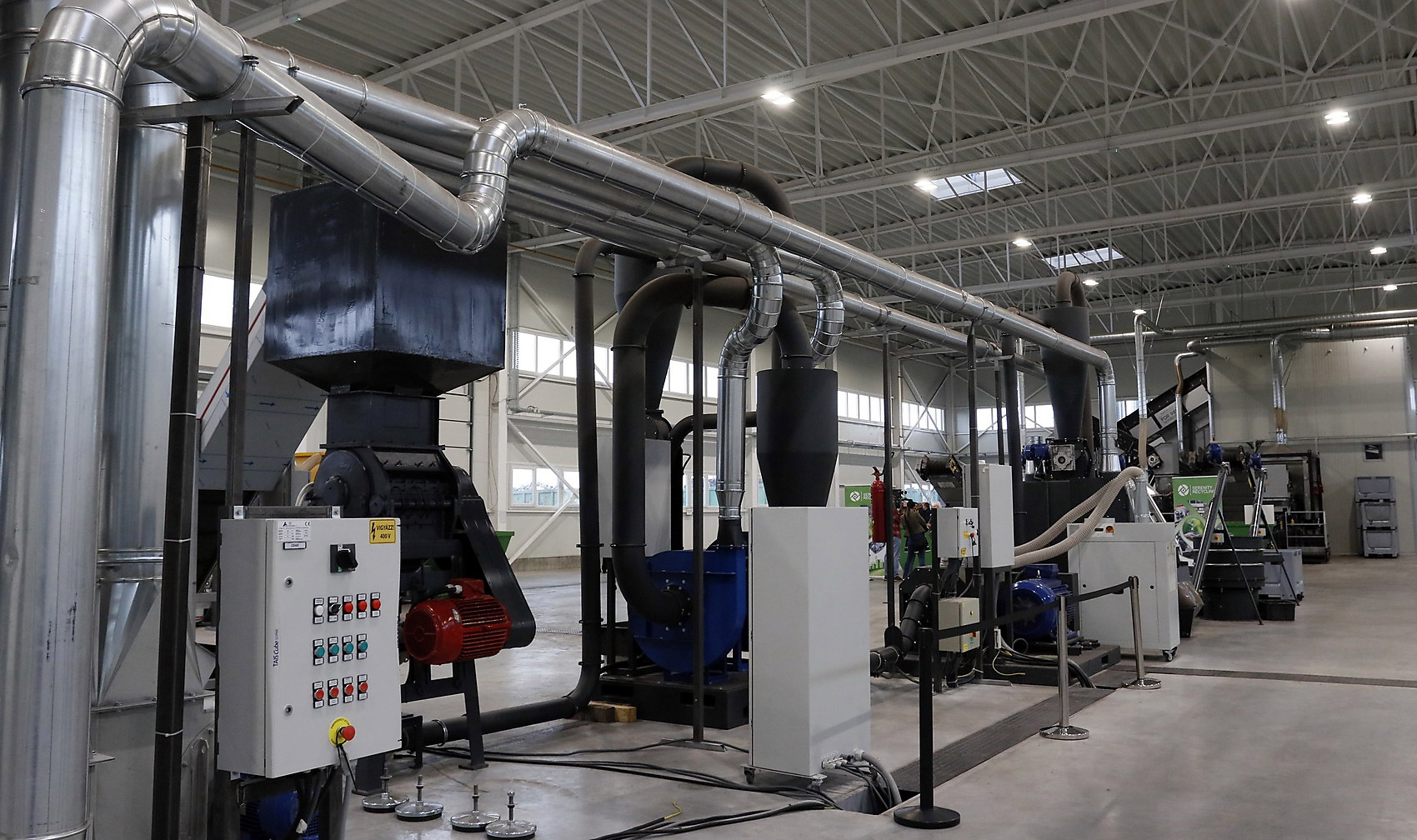
Unlimited possibilities
Serenity Recycling provides a wide range of waste collection and processing services to a variety of industries, businesses, public institutions and individuals. The company accepts and processes metal and electronic waste.
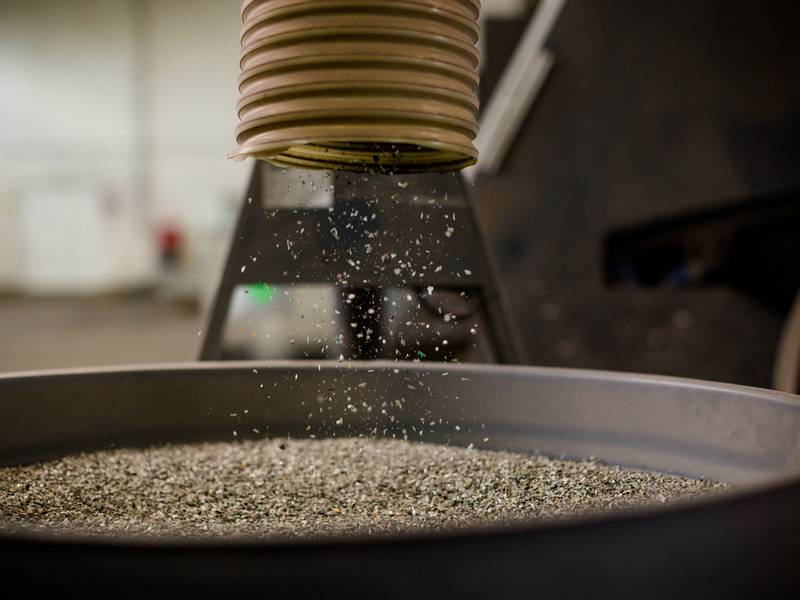
Serenity Recycling also provides consultancy services to help its partners optimise waste management processes and promote recycling.
Types of waste

Recycling
WEEE
Electrical and electronic waste -WEEE
- Household appliances – big
- Household appliances – small
- IT and telecommunications equipment
- Fun electronics
- Solar panels
- Electric tools, DIY machines
- Leisure and sports equipments, games
- Medical equipments
- Inter-production electronics
- Analog electric meters
Household appliances - small
Household appliances - big
Electric tools
Inter-production electronics
Analog electric meters
Processing
Motorized drives
Electric motors, motorized drives
- Electric motors
- Washing machine motors
- Alternators
- Starters
- Rotors from electric motors
- Stators from electric motors
- Ankers, meatballs
- TV Yokes
- Trafo scrap
Electric motors
Washing machine motors
Alternators
Starters
Rotors from electric motors
Stators from electric motors
Ankers, meatballs
TV-Yokes
Trafo scrap
Recycling
Cabel
Cabels
- Industrial cables without plugs
- Cables from domestic collection without plugs
- Cables with plugs
- Inter-production cables
ndustrial cables without plugs
Cables without plugs
Cables with plugs
Inter-production cables
Processing
Industrial waste
Other inter-production and industrial waste
- Waste from passenger car engines and gearboxes
- Waste from vehicles with other drives
- Waste from aluminum castings containing higher impurities
- Mixed aluminum waste with higher impurities
- Oversized industrial and household printers
Car engines and gearboxes
Vehicle drives
Aluminum castings
Mixed aluminum
Oversized printers
Circular economy
For our company, sustainability and the application of the circular economic model are extremely important. In cooperation with our partners, we provide solutions that reduce harmful effects on the environment and contribute to a more sustainable future.
The circular economy is an economic model in which raw materials and resources are recycled, with products being returned to the system at the end of their life cycle. The goal is to reduce dependence on resources and the amount of waste, while creating a more sustainable and economical world.
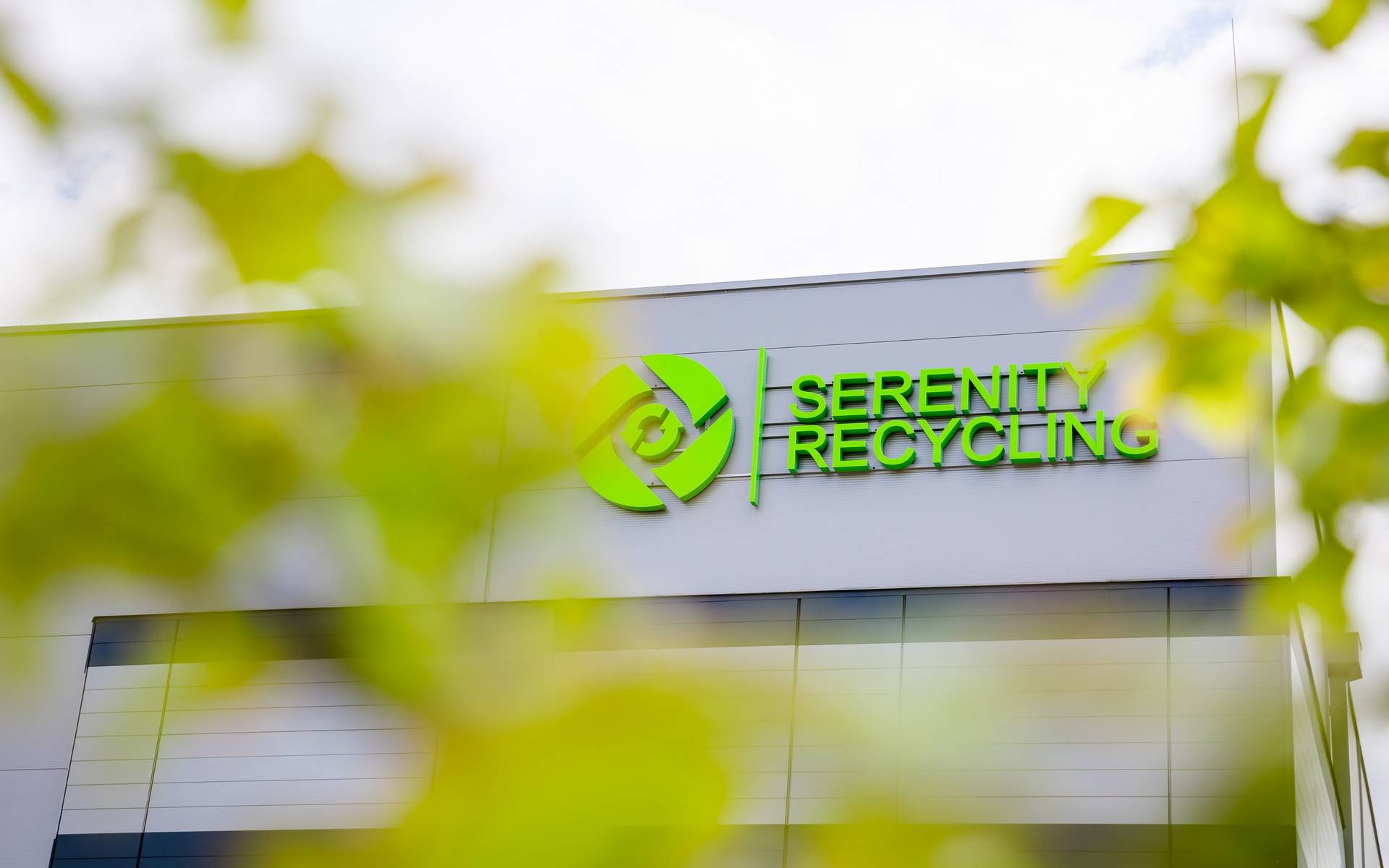
More sustainable use of resources
In a circular economy, raw materials are recycled and used in a sustainable way, reducing their depletion and environmental impact.

Expanding business opportunities
The development of recycling and resource-efficient solutions is creating new business opportunities that can help drive economic growth and improve competitiveness.
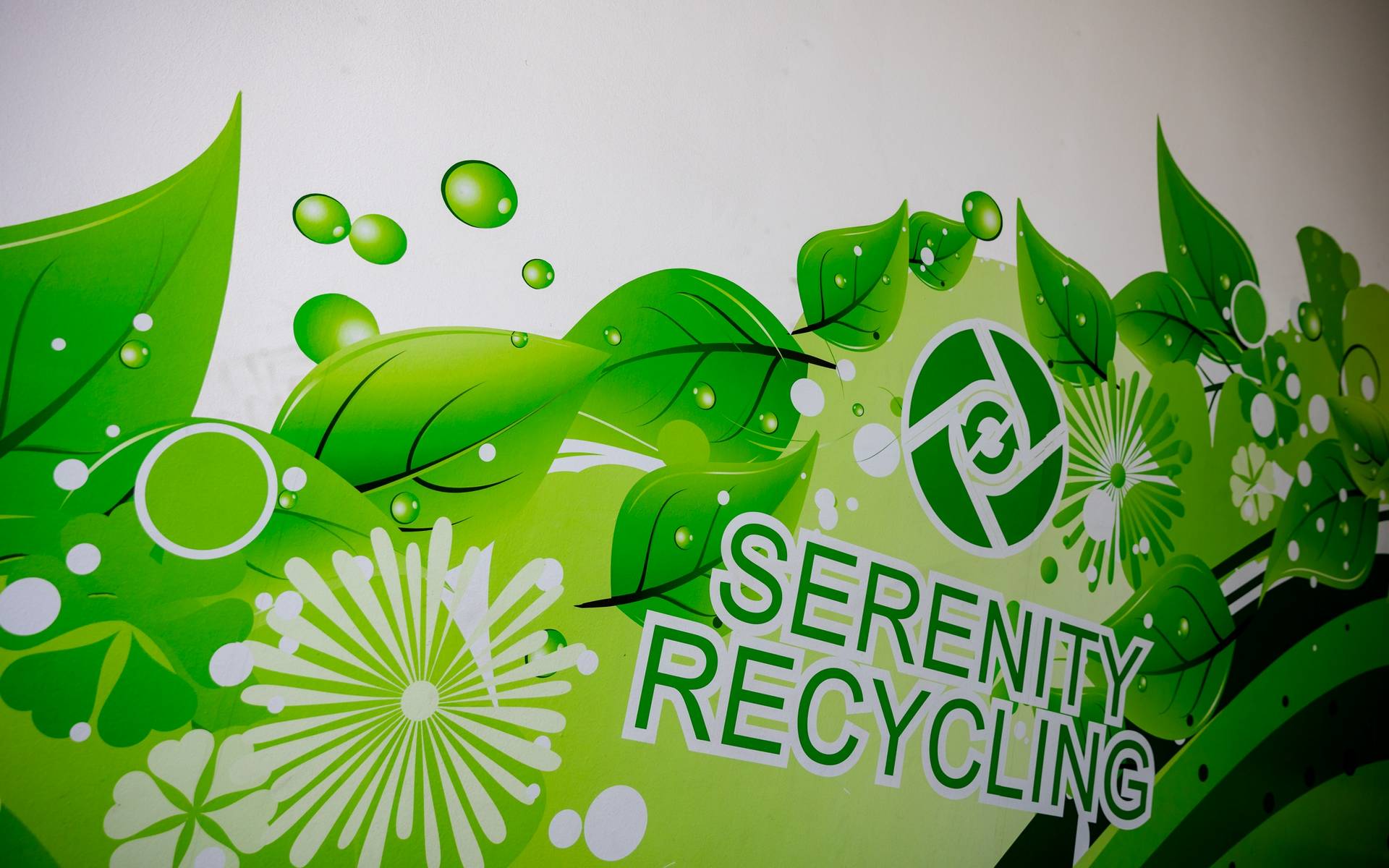
Promoting environmental protection
In a circular economy, more sustainable use of resources and waste reduction can help to mitigate environmental problems and combat climate change.

More jobs
The development of recycling and resource-efficient solutions can create new jobs in the recycling industry and related sectors.
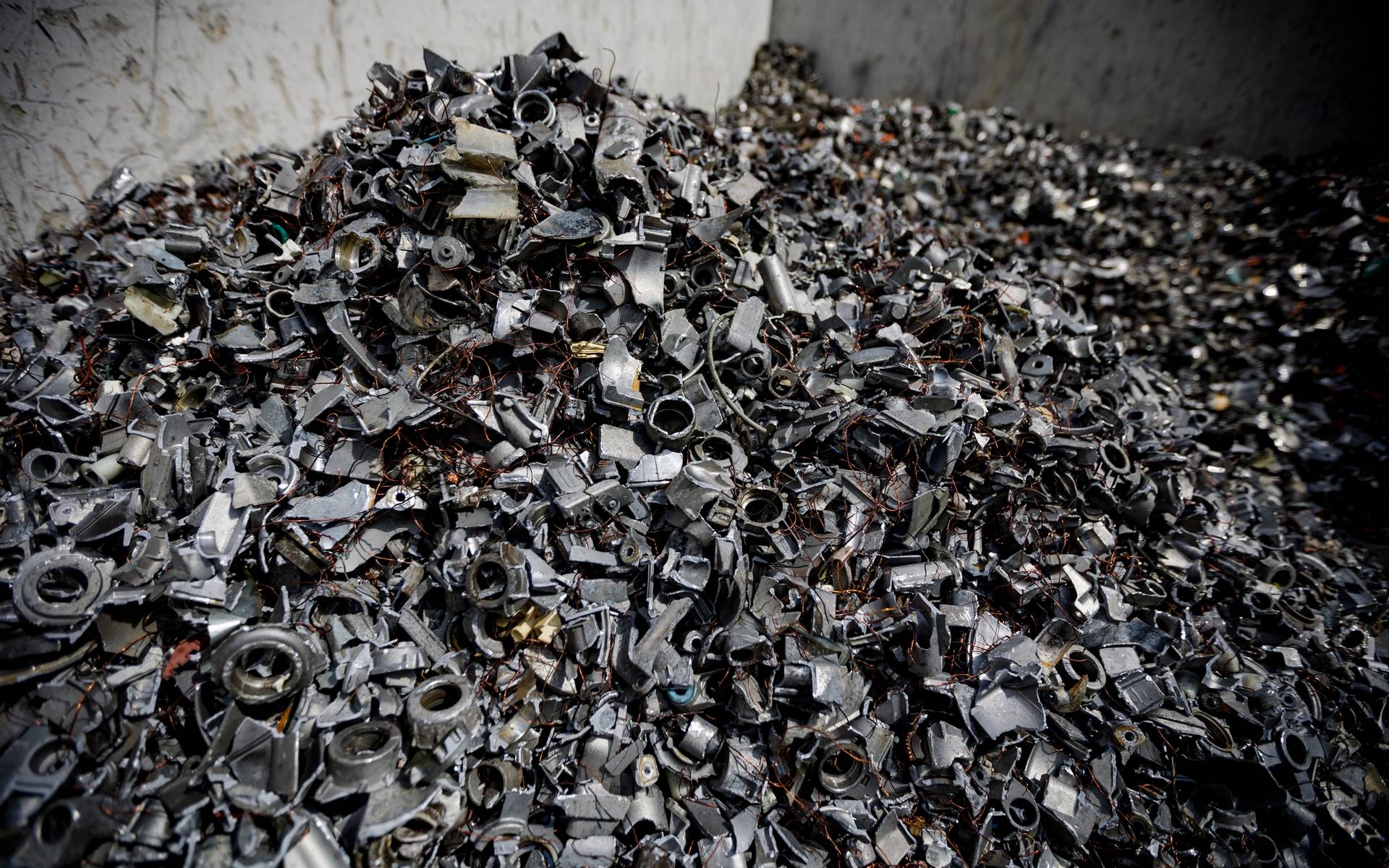
Economic efficiency
Making more efficient use of resources and minimising waste in a circular economy can improve economic efficiency and productivity.





- less raw materials
- less waste
- lower emissions
In the long term, these benefits can bring a range of economic and environmental benefits that can contribute to a more sustainable and balanced society.